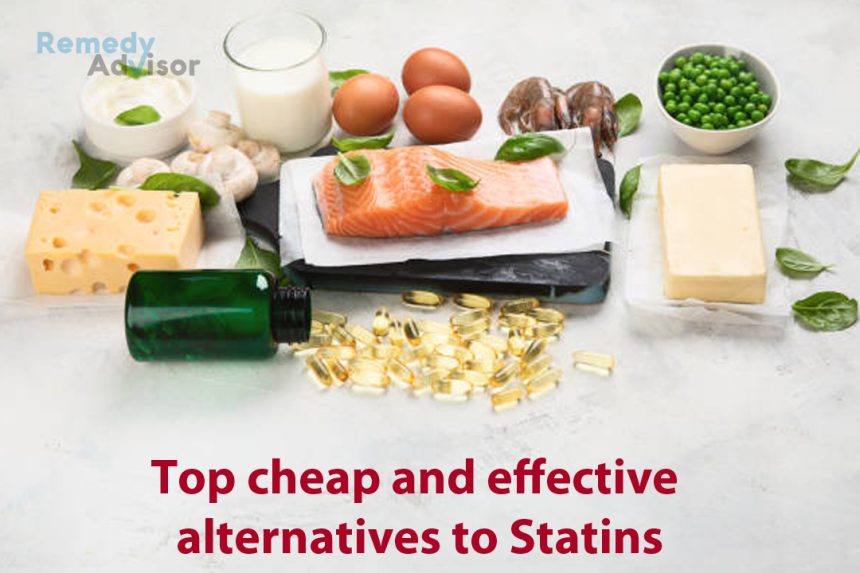First it was on the market, and then it was off the market, now it’s back on the market. In recent years, the cholesterol-lowering natural supplement red yeast rice has sparked many battles among the pharmaceutical companies, the US Food and Drug Administration (FDA) and supplement manufacturers. But in the face of the ongoing controversy regarding statin drugs and how low cholesterol should be, it is good to know about all the options. Red yeast rice is one worth considering.
About the controversy
In 1998, the FDA yanked red yeast rice, or monascus purpureus, from supplement shelves because it contains a natural form of lovastatin, the same active ingredient in the patented drug Mevacor. The issue was supposedly one of safety, with prescription statin manufacturers claiming that red yeast rice was an unapproved drug rather than a dietary supplement.
The truth, according to Jay S. Cohen, MD, adjunct associate professor (voluntary) of family and preventive medicine at the University of California in San Diego, is that red yeast rice can naturally lower cholesterol levels in the body with fewer side effects and at a considerably lower cost than prescription statins.
However, the FDA didn’t see it that way and got onboard with the drug companies. Was red yeast rice taken off the market because of the health risk or because of pharmaceutical company pressures? Or both? Only the FDA knows for sure.
Although the FDA removed it from the market ostensibly to protect the public, critics charge that it really was the pharmaceutical industry that was being protected from competition from a safer and less-expensive product.
In 1999, a federal judge lifted the ban on red yeast rice products, and today they are available at quality health-food stores.
Asia’s natural cholesterol buster
Red yeast rice is made simply by fermenting red yeast on rice. It is commonly consumed as part of the traditional cuisine in China as well as other Asian countries, where people have long believed that it strengthens the heart and circulatory system. Used as a natural food flavoring and coloring agent, it is the ingredient that gives Peking duck its deep red color.
A study at UCLA School of Medicine confirmed red yeast rice’s natural cholesterol busting abilities. In a rigorous double-blind, randomized trial, this supplement significantly reduced total cholesterol compared with a placebo. Among 83 people who took red yeast rice for 12 weeks, total cholesterol dropped by an average of 16% (from approximately 250 to 210) cholesterol remained at about 250 in the 41 people who were given a placebo. There also was a positive impact on LDL cholesterol and triglyceride levels.
A safer alternative
Red yeast rice is a good alternative for people who need mild to moderate cholesterol control but don’t want to take statin drugs, says Dr. Cohen. It contains a wide array of cholesterol lowering compounds, including lovastatin, but all in tiny amounts. This can make it safer than statin drugs and their array of potentially serious side effects, such as liver problems, muscle damage, joint pain, and abdominal discomfort and even cognitive or memory problems. According to Dr. Cohen, these effects generally are underestimated and downplayed by the pharmaceutical companies.
Exercise caution
Although the amount of lovastatin in red yeast rice is small, it still requires monitoring. Don’t take red yeast rice without telling your doctor, and while you are taking it, get checked regularly for liver or muscle problems. Red yeast rice is available in different dosages. The usual recommendation is 1,200 milligrams (mg) daily, divided into two doses. Do not take more than 2,400 mg daily. To reduce the risk for digestive disturbance, take with food.
Some recommendations from the informative manual, The Physicians’ Desk Reference (www.pdrhealth.com)…
- Do not take red yeast rice if you have liver disease or are at risk of developing it, or if you drink more than two alcoholic beverages a day.
- Do not take this supplement if you are pregnant or breast-feeding.
- Do not take red yeast rice if you have a serious infection or after major surgery.
- If you develop any muscle pain, tenderness or twitching, stop using it and consult your doctor.
- Do not combine red yeast rice with prescription cholesterol-lowering drugs.
The bottom line? Statins have powerful side effects. Red yeast rice may be a safer alternative for people with mild to moderately high cholesterol. Should you want to try it, it is best to do it under the watchful eye of a physician trained in herbal remedies.
There are many other natural supplements that are helpful for high cholesterol, including plant sterols, inositol hexaniacinate (no-flush niacin), fiber, policosanol, guggulipid, soy and garlic.







